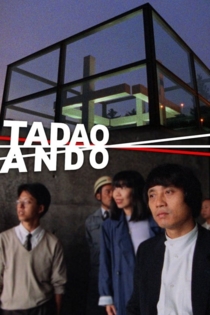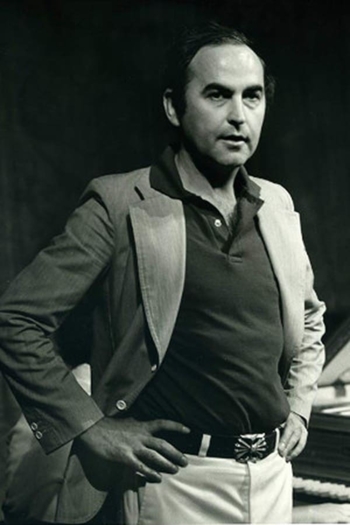
Michael Blackwood
202114 Americans: Directions of the 1970s
Nancy Rosen, Michael Blackwood
Vito Acconci, Laurie Anderson
The multiple means of making art after the end of illusionism led these artists to create performances, sculptures, earthworks, tableaux, furniture, shaped canvases, and more, using unusual materials. They explore the process of making forms and giving meanings to those forms. In this idea art, their focus is as often social and psychological as artistic. Some of their activities enlist engineering and construction techniques, others compose texts or scripts that are central to their art. Some cast the viewer in the role of a spectator, while the others demand active participation. The sources for their concepts and art works are equally diverse; the delicate proportions and balance of Early Renaissance painting, the exploration of the surface of the moon, the structure and inventions of vernacular architects, to name only a few.
14 Americans: Directions of the 1970s
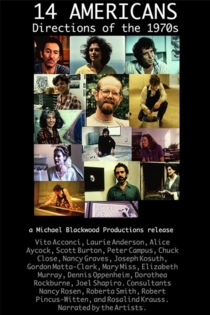
Roy Lichtenstein
Michael Blackwood
Roy Lichtenstein, Andy Warhol
In conversation with Roy Lichtenstein, critic Lawrence Alloway places Pop Art on a continuum of twentieth-century art that includes collage, Dada, and Purism in referring to signs and objects of contemporary society; Lichtenstein argues for distinctions between himself, Warhol, Oldenburg, and others. In his Long Island studio, Lichtenstein works on an elaborate composition; one of his 4 major paintings on the theme "The Artist's Studio."
Roy Lichtenstein
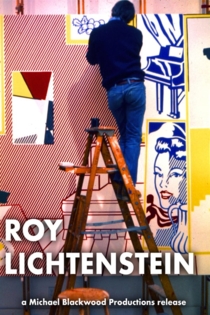
Peter Eisenman: Making Architecture Move
Michael Blackwood
Peter Eisenman, Stanley Aronoff
With the participation of famed architects such as Frank Gehry, Daniel Libeskind and Zaha Hadid, Peter Eisenman: Making Architecture Move provides an intimate look into the work of the daring and controversial creator. Filmed in the U.S. and Germany, Eisenman takes the viewer through several of his buildings, including the Wexner Center in Columbus, Ohio, while explaining his upcoming projects such as the Rebstockpark community in Frankfurt and the Max Reinhardt monument in Berlin. His predecessors and contemporaries offer praise and commentary on Eisenman's complex body of work including their own thoughts and theories surrounding his unique style.
Peter Eisenman: Making Architecture Move
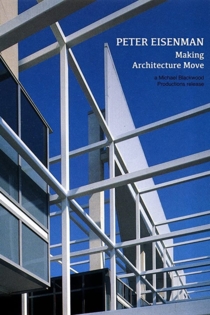
The New Clark: Bringing the Ando Experience to the Berkshires
Michael Blackwood
Tadao Ando
"The New Clark: Bringing the Ando Experience to the Berkshires" is a revealing insight into a long-term radical expansion of the Clark Art Institute in Williamstown, Massachusetts. The film follows the close collaboration between the museum and its internationally-acclaimed Japanese architect, Tadao Ando. Both Ando and the director of the Clark Art Institute, Michael Conforti, ponder the complexities of the project and the challenges involving aesthetic, setting, and community impact during the difficult twelve-year period. Determined to honor the institute's original buildings while introducing the modern elements associated with his unique style, Ando's design evokes a classic tranquility that seamlessly blends the Clark Art Institute with its stunning surroundings.
The New Clark: Bringing the Ando Experience to the Berkshires
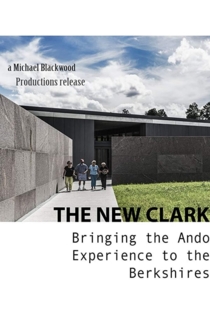
Claes Oldenburg: The Formative Years
Michael Blackwood
Claes Oldenburg, Ellen Johnson
Gathering inspiration from the world around him, Claes Oldenburg has dedicated his career to giving objects life. What many would see only as their mundane, everyday tools Oldenburg sees as an opportunity for art. His famed large scale sculptures stand with such stature and force that the viewer has no choice but to become involved with the piece.
Claes Oldenburg: The Formative Years
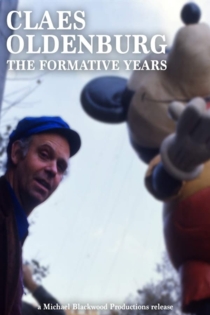
Kenneth Frampton: A Critical Voice
Michael Blackwood
Kenneth Frampton
Critic Kenneth Frampton is a masterful commentator on the architecture of our time. At the start of his long-spanning career Frampton worked as an architect in London before settling into his writing and teaching, which mainly took place at Columbia University. Over the past fifty years Frampton has certified himself as a prolific and influential contributor towards a progressive interpretation of the role of architecture in modern society. In "Kenneth Frampton: A Critical Voice", architect Stan Allen interviews the renowned critic and questions him about his architectural contemporaries, notable past projects, and published writings.
Kenneth Frampton: A Critical Voice
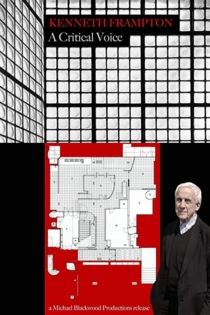
Jim Dine: London
Christian Blackwood, Michael Blackwood
Jim Dine
A concentrated look at one of America's early Pop artists, the film was made during Dine's 4-year residency in London. Actively at work in his studio on several large collages, one can clearly see Dine's masterful balance of artistic freedom and control, as he adds and modifies illusionistic images, written words and real life objects to his compositions. The artist talks about his connections to literature and about his frequent collaboration with poets; he also discusses his own poetry, some of which he reads for the camera. The parks and streets of London are the setting for Dine's frank comments about his voluntary exile in that city. On one walk, Dine encounters Gilbert and George as they endlessly repeat "Underneath the Arches" in bronze make-up, their earliest performance piece.
Jim Dine: London
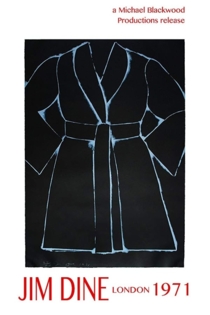
David Chipperfield: Form Matters
Michael Blackwood
David Chipperfield
When the Tuscan city of Pisa commissioned David Chipperfield to create a master plan that would bring new vitality to this historic spot on the Arno, an exhibition of selected works produced by him in the last 25 years was also invited. "David Chipperfield: Form Matters" documents the architect as he leads the way through his models, drawings and photographs, explaining his designs in the process. Chipperfield's vast array of international work spans over Europe, China, Japan, the United States and Mexico and as he guides us through his career Chipperfield offers a detailed accounts of his creative direction at every stop.
David Chipperfield: Form Matters
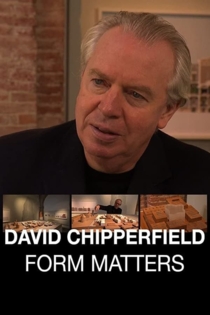
Deconstructivist Architects
Michael Blackwood
Jacques Derrida, Peter Eisenman
By the end of the 1980's a new architectural sensibility challenged the prevailing post-Modern attitude and brought forth new and daring designs. Driven by the philosophy and theory of Jacques Derrida, the architects of Deconstructivism are rooted in a movement that urges us to examine the space we move through. Deconstructivist Architects documents explosive and seemingly chaotic structures from Vienna to L.A., and interviews those who pursue its aesthetic issues. Filmed on location with the architects and at the Museum of Modern Art's exhibition Deconstructivist Architecture, which was curated by Philip Johnson.
Deconstructivist Architects
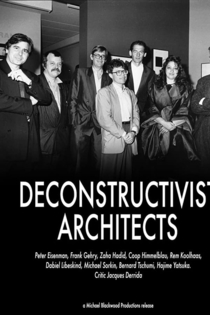
Philip Guston: A Life Lived
Michael Blackwood
Philip Guston
Late in life, the artist looks back over a career that originated in social realism during the '30s, moved to the center of Abstract Expressionism, and culminated in a return to figuration. Filmed at his retrospective in San Francisco in 1980 and at his Woodstock studio, where Guston is seen painting, the artist speaks candidly about his philosophy of painting and the psychological motivation for his work.
Philip Guston: A Life Lived
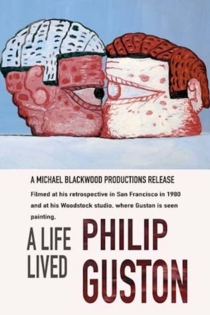
Louis Kahn: Silence and Light
Michael Blackwood
Louis Kahn, Tadao Ando
As an architect, educator, and philosopher, Louis Kahn played a prominent role in the history of 20th century architecture. An examination of six of his most significant buildings: The Salk Institute; the Kimbell Art Museum; the Center for British Art; the library at Philips Exeter Academy; the Indian Institute of Management; and the Parliament Buildings of Bangladesh.
Louis Kahn: Silence and Light

Musical Outsiders: An American Legacy
Michael Blackwood
Lou Harrison, Harry Partch
American composers have long struggled against the momentum of the Western European classical tradition and the prestige it has held in America's cultural life. "I did not want to have any stricture at all, I wanted to be completely free." So spoke Harry Partch, describing not only his own path, but also that of two other influential American composers: Lou Harrison and Terry Riley. They were attracted to musical ideas and sounds outside of the surrounding classical mainstream. Together they offer a deeper understanding of what those alternatives are and how they have affected American culture.
Musical Outsiders: An American Legacy

The Sensual Nature of Sound: 4 Composers Laurie Anderson, Tania Leon, Meredith Monk, Pauline Oliveros
Michael Blackwood
Laurie Anderson, Tania Leon
The Sensual Nature of Sound portrays four New York based composers and performers in terms of their musical lives and artistic passion. Though Laurie Anderson, Tania Leon, Meredith Monk and Pauline Oliveros are all pioneers in American music, each composer pursues a distinct direction of her own. Their rehearsals and performances show a common pursuit of lyrical storytelling through which a new set of contemporary narratives has been forged. Through body, sound, movement and composition, these women have forged their own path through the wild world of modern music.
The Sensual Nature of Sound: 4 Composers Laurie Anderson, Tania Leon, Meredith Monk, Pauline Oliveros

A Composer's Notes: Philip Glass and the Making of an Opera
Michael Blackwood
Philip Glass, David Freeman
This documentary by Michael Blackwood looks at the development and production of Glass' opera Akhnaten. The film follows two productions by the Württemberg State Theater, Stuttgart, and the Houston Grand Opera.
A Composer’s Notes: Philip Glass and the Making of an Opera
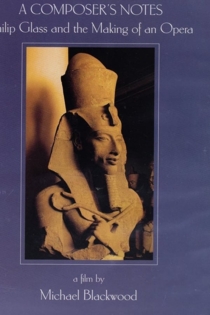
The Practice of Architecture: Visiting Peter Zumthor
Michael Blackwood
Kenneth Frampton
Architect Peter Zumthor lives and works in the remote village of Haldenstein in the Swiss Canton of Graubünden where he can keep the politics of architecture at a comfortable distance as he enjoys status and praise for his unique modernist buildings. In "The Practice of Architecture", critic Kenneth Frampton visits Zumthor at his studio where the two are surrounded by models, designs and plans for current and future projects throughout Europe and the United States. Frampton questions the renowned architecture on the motives and methods behind some of his most famous works, including his Zinc-Mine-Museum in Norway and the highly acclaimed Therme Vals, a stunning hotel and spa built over the thermal springs in Graubünden. While walking us through his career, Zumthor discusses his penchant for minimalism, the importance of landscape, light and material, and the architectural theory behind his stunningly precise style
The Practice of Architecture: Visiting Peter Zumthor
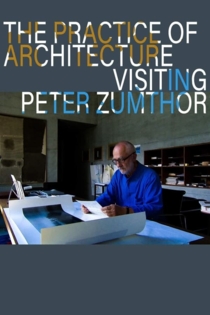
Tadao Ando
Michael Blackwood
Tadao Ando
Tadao Ando, a self-taught architect, proposes an international architecture that he believes can only be conceived by someone Japanese. His architecture mixes Piranesian drama with contemplative spaces in urban complexes, residences and chapels. This film presents the formative years of his impressive career before he embarked on projects in Europe and the United States.
Tadao Ando
